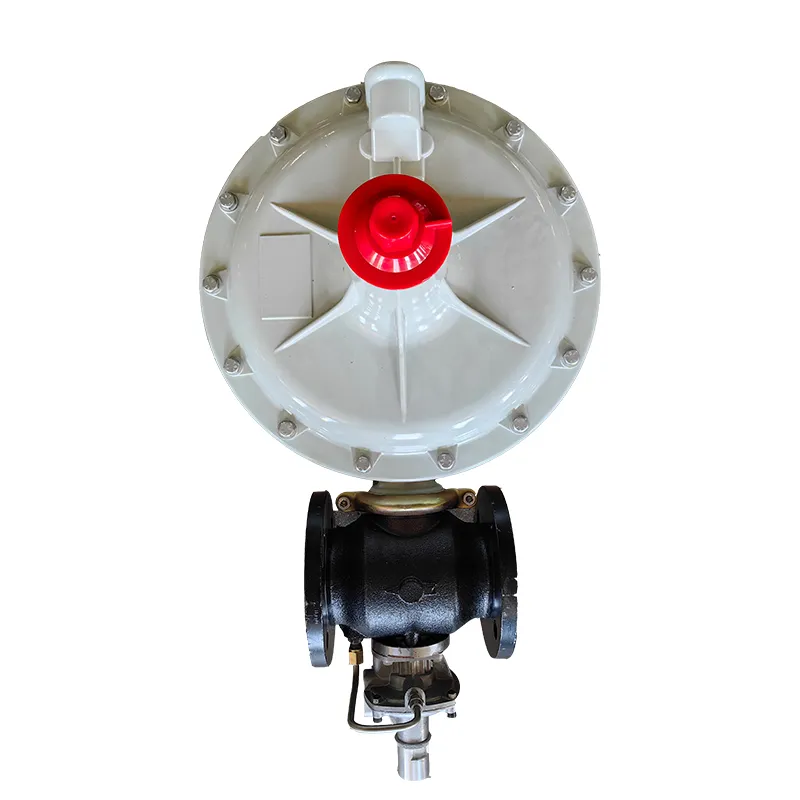
Dec . 10, 2024 10:44
Back to list
coalescing filter
Understanding Coalescing Filters A Comprehensive Guide
Coalescing filters play a crucial role in various industries, particularly in the realm of fluid management and purification. These filters are designed to remove water and water-based emulsions from oils, fuels, and other liquids, ensuring the quality and performance of processed fluids. In this article, we will explore the functionality, applications, and advantages of coalescing filters, providing insights into why they are essential for maintaining operational efficiency and equipment longevity.
What are Coalescing Filters?
At its core, a coalescing filter is a separation device that employs a specific mechanism to trap and merge smaller droplets of contaminants, particularly water, into larger ones. This process allows for the efficient removal of these contaminants from liquid fuels, lubricants, and other fluids before they reach sensitive equipment. The operation of coalescing filters typically occurs in two main stages coalescence and separation.
During the coalescence phase, smaller droplets of water coalesce, or combine, under the influence of gravity and surface tension. These larger droplets can then be trapped or separated out in the following phase. The final step is the separation of the coalesced water from the clean fluid, ensuring that only pure, contaminant-free fluid continues on to the next stage of processing or is dispensed for use.
Applications of Coalescing Filters
Coalescing filters find applications in various fields, including
1. Oil and Gas Industry In this sector, coalescing filters are imperative for removing water and solid contaminants from crude oil and refined fuels. This process is essential for preventing corrosion and maintaining the efficiency of equipment, such as pumps, valves, and pipelines.
2. Marine Operations Ships and offshore platforms rely heavily on coalescing filters to ensure that fuel and lubricants are free of water, which can lead to serious operational failures.
coalescing filter

4. Industrial Machinery Heavy machinery used in construction and manufacturing also benefits from coalescing filters, which safeguard lubricating oils from water ingress that can lead to significant wear and failure.
5. Automotive In the automotive industry, coalescing filters help in maintaining the integrity of fuel systems, enhancing performance and extending the life of engines.
Advantages of Coalescing Filters
The implementation of coalescing filters provides several significant advantages
- Enhanced Fluid Quality By effectively removing water and other contaminants, coalescing filters improve the overall quality of the liquids, contributing to better performance and efficiency of machinery and engines.
- Cost Savings Preventing water contamination can result in substantial savings by minimizing downtime due to equipment failure, reducing maintenance costs, and extending the life of components.
- Environmental Benefits By ensuring that waste fluids are cleaner before disposal, coalescing filters contribute to environmental protection, reducing the risk of spills and pollution.
- Operational Efficiency With fewer contaminants entering the system, operations can run more smoothly, resulting in higher production rates and less frequency of equipment repairs.
Conclusion
Coalescing filters are an essential component in the management of fluids across numerous industries. Their ability to effectively remove water and other contaminants not only enhances the quality of the liquids but also protects critical machinery from damage and failure. As industries continue to prioritize operational efficiency, sustainability, and performance, the role of coalescing filters will likely grow even more prominent. Understanding their functionality, applications, and advantages is key for stakeholders looking to optimize their processes and safeguard their investments in equipment and technology.
Next:
Latest news
-
Safety Valve Spring-Loaded Design Overpressure ProtectionNewsJul.25,2025
-
Precision Voltage Regulator AC5 Accuracy Grade PerformanceNewsJul.25,2025
-
Natural Gas Pressure Regulating Skid Industrial Pipeline ApplicationsNewsJul.25,2025
-
Natural Gas Filter Stainless Steel Mesh Element DesignNewsJul.25,2025
-
Gas Pressure Regulator Valve Direct-Acting Spring-Loaded DesignNewsJul.25,2025
-
Decompression Equipment Multi-Stage Heat Exchange System DesignNewsJul.25,2025

